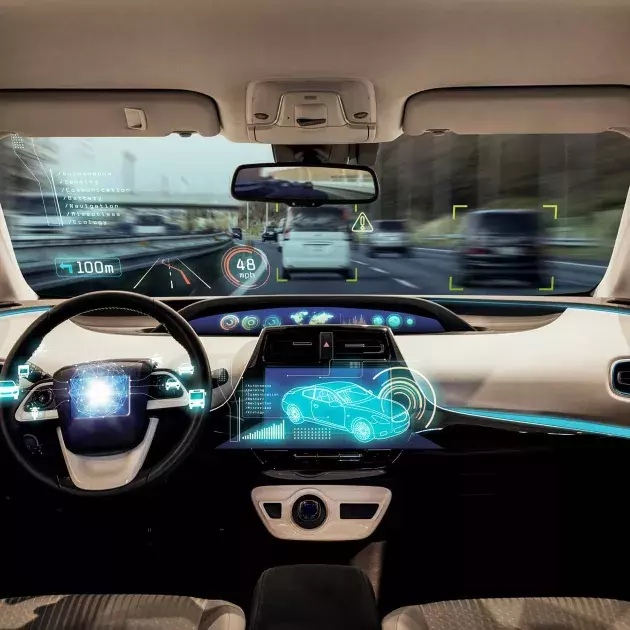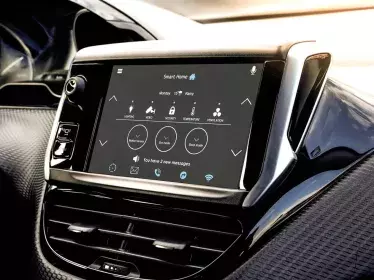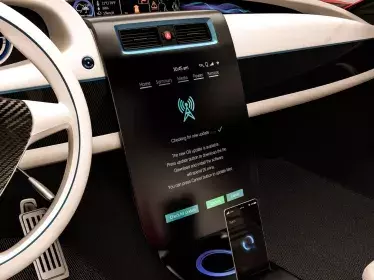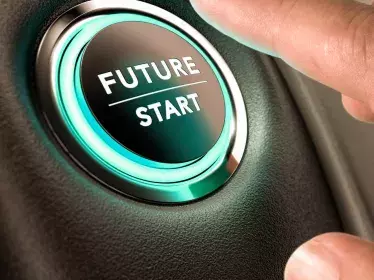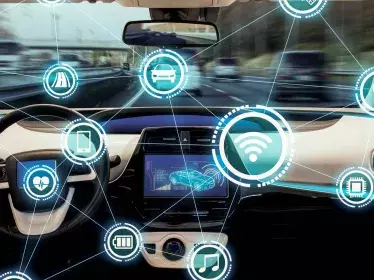Today, almost all vehicles are connected. And even if they don’t have traffic information, you can at least pair your phone via Bluetooth or through Apple CarPlay and Android Auto. In the future, though, communication with other objects will go much further! Initially it will be used to improve how comfortable you feel when driving, but it will also become indispensable for autonomous driving.
Perhaps you’re driving your electric car and would like to know if a charging station is occupied or out of service? Thanks to advanced connectivity services, the navigation system will be able to tell you the operating status of a charging station. It is even possible to find out an estimate of when it might be free again. And whether the car is electric or not, this type of service can also be used to find a free parking space and to even reserve one.
Before thinking about the autonomous car of the future, there are already a number of driving aids where connectivity has proven to be a real asset. Take cruise control, for example. By being able to communicate with traffic lights, it could actually adapt its speed so that it always passes through on green without ever needing to stop. The driving aids will also be able to receive warning signals from a stopped vehicle or one that has detected a danger (traffic slowing down, a patch of ice, object on the road) and can therefore anticipate braking or take avoidance action.
Crucial for autonomous cars
When cars are able to drive themselves, they will be forced to interact with absolutely everything around them: other vehicles, traffic signs, parking spaces, etc. They will communicate even more with you – or more to the point your smartphone – so they can pick you up exactly where you ask them to.


